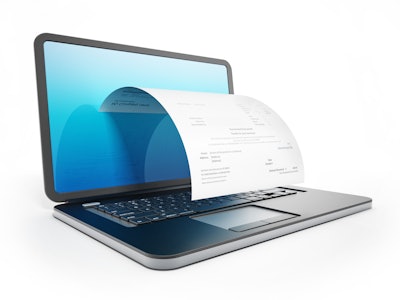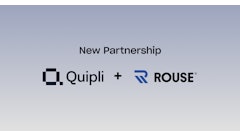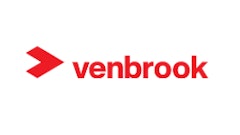
If I emailed all of you to guess at the “3 Magic Words” that matter most to your business, what would they be? I assure you we would come up with hundreds or maybe thousands, and most would be applicable to some part of the business process in terms of proper procedures, follow-up, sales tips, closing techniques and even training ideas that speed up expected results.
So, before we go on, stop for a second and write down your 3 Magic Words. You can find mind at the very end of this column.
In the meantime, let’s talk about making money – not margins, cost reductions or accounting profits, but real money. This is the money you can find in your bank account free to use as required to run the business and fund debt service.
The question is how does the money wind up in your account and what can you do to speed up the process, thus improving your liquidity while laying off borrowing from your operating line of credit?
Keep Track of Cash Balance
To keep track of your cash balance, the entire management team has to know what the daily balance is along with notes about major sums coming into or leaving the account in the next week. This report should show up on your computer every morning containing all transactions through the prior day. Today’s activity goes on the next day’s report.
The report I use includes my book cash balance; the bank’s balance for the same day; any significant cash receipt from today that will appear on tomorrow’s report; note payments due within the next week; payroll due dates with an estimated amount; and special items such as income taxes or proceeds from out of the ordinary transactions such as equipment sales.
Believe me, this report will help keep you and your team ahead of the game, especially in your business when you have a number of jobs running.
Back Up the Billings
Obviously, the more efficient your processes are for cash-in and cash-out, the faster you will process the billing and collection process and speed deposits into the bank account. The key to increasing the bank balance is billing work as quickly as possible and having:
- all the backup material on hand to support various line items
- all change orders properly approved and supported
- required waivers attached
- all labor charges properly accounted for
- equipment rental billed to the proper job
In short, you want your work-in-process billed quickly with proper support. This will accelerate the approval process without numerous questions from the customer or contractor, which can delay the collection process.
Once an invoice is sent, the collection process starts. What you don’t want is to have the person receiving the invoice calling your office asking to speak to "someone in accounting." You will be better off if the invoice contains a name and contact info so when a call is received, the person on your end is familiar with the customer’s file and has access to the support docs for the invoice.
Remember, the payment process will not start until the invoice is approved. If problems take a week to resolve because the person on your end is unprepared to respond, this in turn may extend payment for another week. Do this enough and your cash balance takes a significant hit.
Go Digital
Want to speed up collections substantially? Then take it digital.
Following this vein, say you mail an invoice on June 1 and it gets to the customer on June 6. The customer then mails a check on July 7 and you receive it on July 11; that check has to clear, which takes another couple of days. So, a June 1 invoice date could mean a 45-day cycle by the time the check clears on July 15.
Now, let’s look at what happens if you send invoices digitally, and ask to receive payments electronically. Plus, you use a payroll service targeted to contractors that enables employees or supervisors to review daily time and verify which project it’s getting charged to and for what type of work; many of these services can provide data needed for union reporting, as well. By implementing these steps, you can gain four days getting the invoice into customers’ systems and another four days on the collection side compared to having a check mailed. Plus, the payroll service can help gain days by providing data ready for review.
So, let’s assume the payroll service saves time and allows sending the digital invoice on May 25, which arrives to the customer that same day. The customer then transmits payment on June 25, and you receive the funds directly into your account that day. In other words, it’s a 30-day cycle from invoice to payment. You receive the cash 33% sooner.
(I know we can argue about the collection process in the construction industry. Be that as it may, you will find many construction companies adopting these procedures via their software and payroll systems.)
Now imagine the impact speeding up collections will have on your interest costs. Less working capital loans mean lower interest charges and a bank more interested in working with you if you have a problem.
Those of you still mailing invoices or lacking systems to help prepare invoices and manage the collection process should spend a little time with what we covered this month. If implemented, it will increase your bank balance.
So, what are the “3 Magic Words” for your business? I’m interested in what you guessed my magic words might be, as well. You'll find the answer below*.
*3 Magic Words: "Cash is King"




















